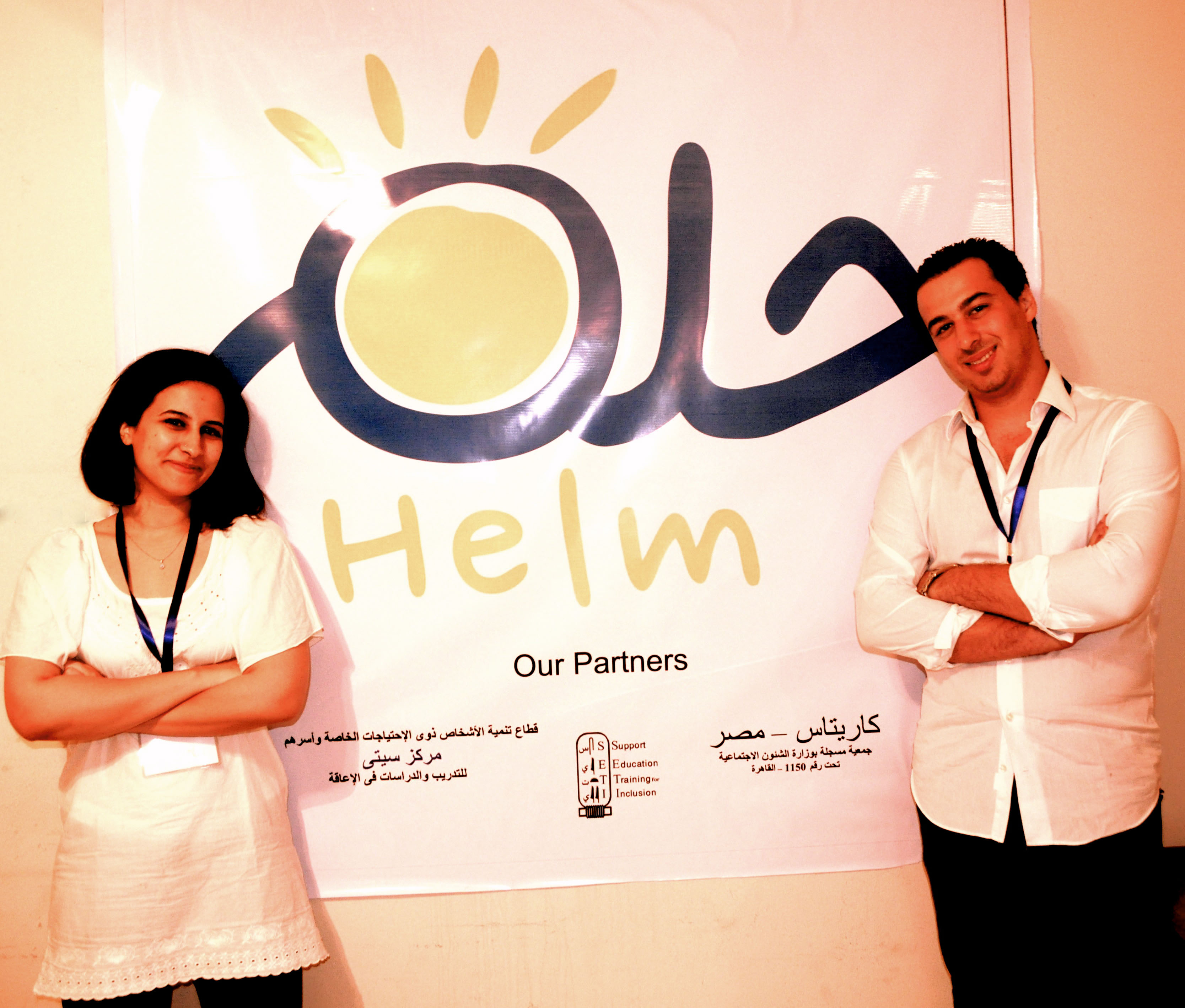Over the past two years the fashion industry has proven more than once that it can open undiscovered channels and doors for a country that is trying to find its way after a long series of conflicts and changes.
Lacoste, Salvador Ferragamo, Mango, and Gap are just a few of the brands that shaped 2015 for Egypt’s retail industry. Nayrouz Abu Zeid, a public relations expert and founder of Ego Communicate, has been an essential part of many fashion-related milestones which have changed the local fashion market and its standards.
Daily News Egypt met the businesswoman to understand more about the local market’s preferences and common conceptions when welcoming new retailers.
How would you evaluate the retail industry in Egypt during 2015?
I see that the retail industry has started to become acquainted with the different channels by which it can promote itself; but, I still feel that there is a missing link in terms of who is the real and potential audience for these brands. Sometimes when I travel and see how certain renowned brands are positioned abroad in opposition to how they are here, in Egypt, I find that there is a very big gap; some brands are very successful in Egypt unlike abroad and vice versa. The kind of weight and consistency in branding often does not rise to international standards.
In my opinion, the best way to resolve this is by educating the network that develops around the retail industry; starting from the sales person inside the store up to the person who is handling all of the brands.

(Facebook Photo)
You have only launched a few fashion brands during 2015. What kind of names does the local market currently attract?
The very cliché brands; by which I mean the brands that have been explored over and over, mainly overrated names. We cannot really blame the local market because the fashion industry only started to boom in the past two years and the trend of fashion culture has actually started with local designers and not international brands; in Egypt, those who shop for international names travel to get them.
The development of malls has certainly encouraged people to start shopping for those brands here in Egypt; yet, we should not ignore the fact that this is all very recent.
Do local consumers currently understand the importance of brand image and identity?
I think you can segment the market into three types of people; you have category number one that just wants to showcase certain brands in order to fit in a specific sphere of fashion-savvy people. Then there is the second category that is trying to look trendy; yet, also at a very convenient price.
Finally, the third category cares about neither the name tags nor the price; instead, they go for something that suits them and their lifestyle; there are quite a few Egyptians who are actually exploring designers that nobody has heard about before or that are not fully established in the commercial scene. This category is a well-educated and confident buyer and honestly this is usually my favourite type of customer.
What is the ideal way for a new brand to penetrate the market and reach the right audience?
By identifying the right audience; the problem with the local market is that it tends to target the wrong people. They choose those who have online engagement and those who are popular; they target celebrities.
The truth is that celebrities are mainly styled by other people and whenever they decide to shop for themselves, they choose to do that during their trips abroad.

(Facebook Photo)
Online influencers do not necessarily communicate the brand in the right way. Therefore, it is important for retailers to understand who they are going to target before even considering any activation or communication with regards to their brands.
You launched a few renowned brands in 2015; which was your favourite and why?
Lacoste was my favourite but not in terms of its brand-name or the working relationship, it was more about the liberty I had in terms of the whole exercise and it also had the best results. I was given the freedom to make a pre-event buzz, address the right people and create an event that was not about building propaganda around the brand, rather, I presented a memorable moment for the entire creation.
The launch was beyond commercialism. Even the pre-event video that was created was about setting the mood rather than selling the product.
This is actually the direction that brands should focus on. It is an international trend. Now we have fashion films that tell the story and rather than ads which aim to sell.



